Can someone explain why I cannot get the corresponding address with req->request_body->post_handler from ngx_http_upstream_init and how to get it correctly?
Code Snippet:
// Note: for debug test only
// https://reverseengineering.stackexchange.com/questions/14422/how-do-i-know-the-bytes-corresponding-to-an-instruction-in-hex-view-in-ida
logdf("%p, %p", ngx_http_upstream_init, req->request_body->post_handler);
ngx_http_upstream_init(req);
req->request_body->post_handler(req);
assert(ngx_http_upstream_init == req->request_body->post_handler);
// Skip post_handler because we don't want to create the upstream to the proxied server right now.
return NGX_HTTP_EM_HAS_SUBREQUEST(req) && 0 == req->request_body->rest ? NGX_AGAIN : NGX_OK;
The log:
ngx_http_request_body_filter_by_em|2681|00007FFACC961617, 00007FF727A8BA37
And, in the Disassembly window,
;ngx_http_upstream_init(req);
00007FFACC9E66D1 48 8B 8D C0 01 00 00 mov rcx,qword ptr [req]
00007FFACC9E66D8 E8 3A AF F7 FF call ngx_http_upstream_init (07FFACC961617h)
;req->request_body->post_handler(req);
00007FFACC9E66DD 48 8B 85 C0 01 00 00 mov rax,qword ptr [req]
00007FFACC9E66E4 48 8B 80 90 03 00 00 mov rax,qword ptr [rax+390h]
00007FFACC9E66EB 48 8B 8D C0 01 00 00 mov rcx,qword ptr [req]
00007FFACC9E66F2 FF 50 40 call qword ptr [rax+40h]
Howerver, in the Immediate Window (corresponding to tooltip mouse when hovering my mouse cursor over them in VS2017):
ngx_http_upstream_init
0x00007ffacc9f6041 {ngx_http_em_module.dll!ngx_http_upstream_init}
req->request_body->post_handler
0x00007ff727a8ba37 {NGINX.exe!ngx_http_upstream_init}
I found its output is different from the previous two cases.
Some pictures,





